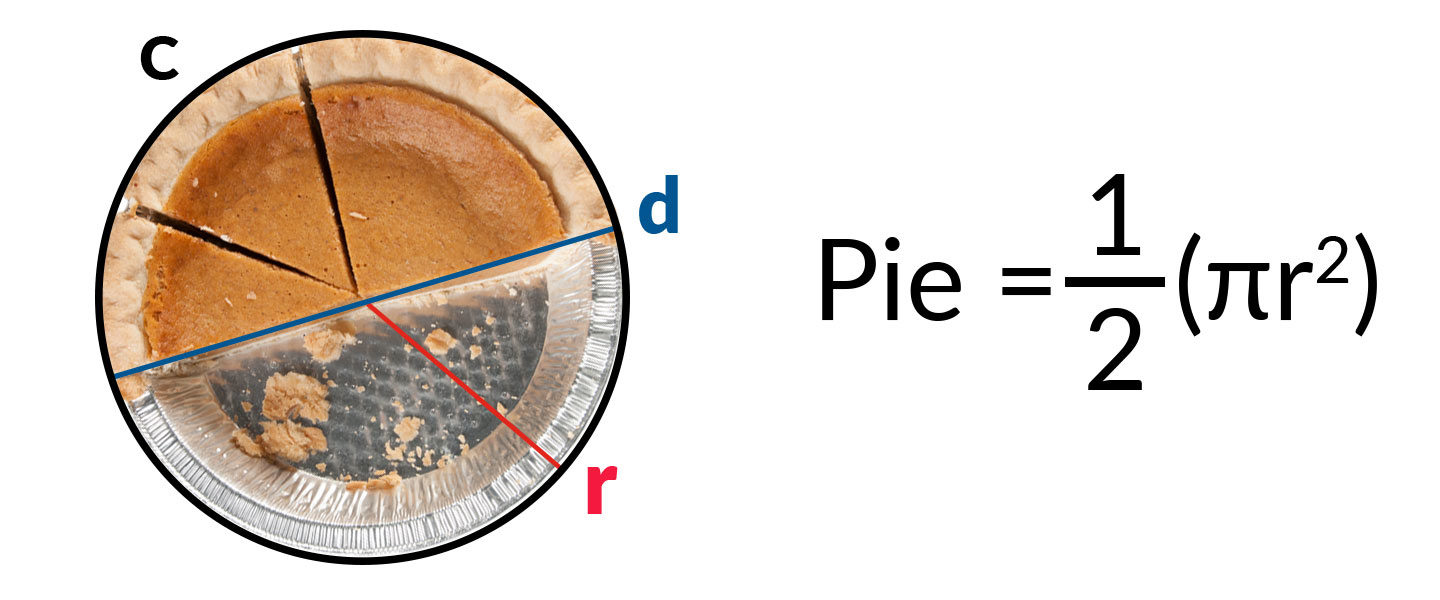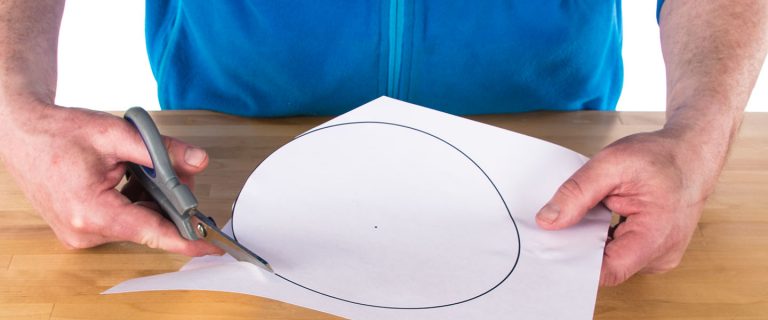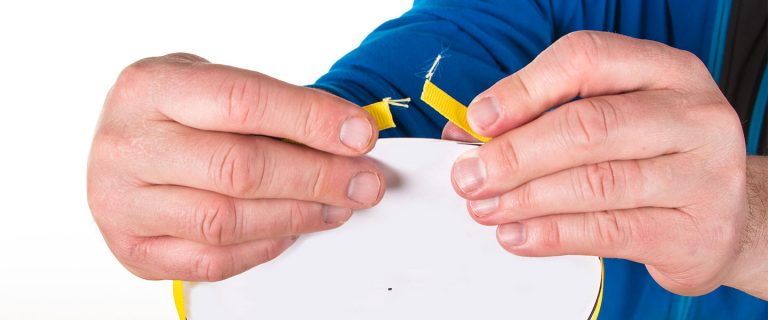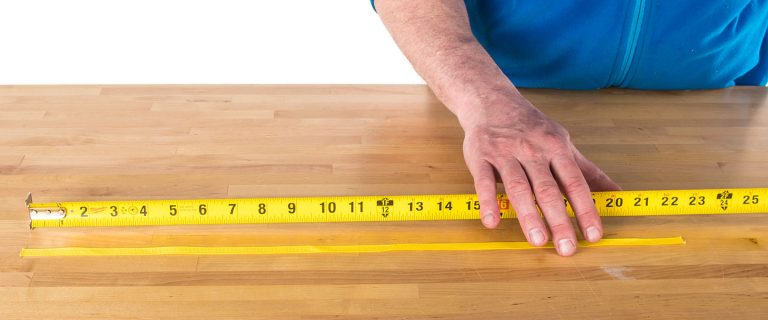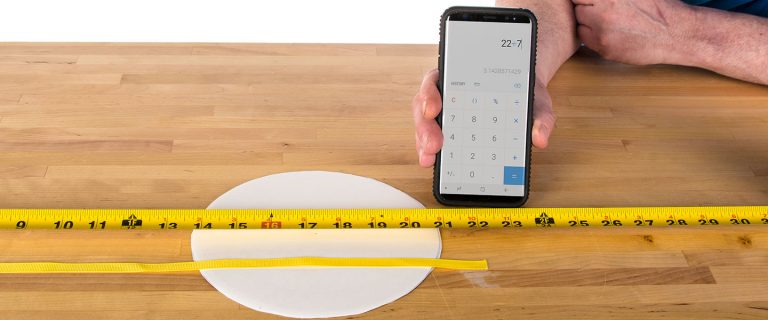Pi (π) is the constant used in equations to find all of the dimensions of circles and spheres, but where did it come from? With a few easy activities you can discover the geometric constant that we celebrate each March 14th, and learn how it’s used in math AND science!
The other trait that Pi is known for is that it is an irrational number. This means that the number of digits following the decimal point is infinite, and will never repeat. Here’s the first few, so you can start memorizing!
3.141592653589793238462643383279502884197169399375105820974944592307816406286

